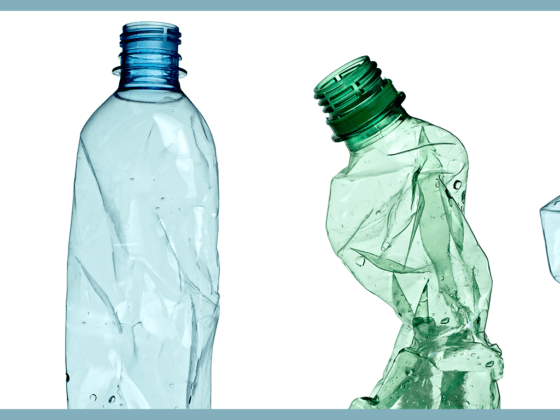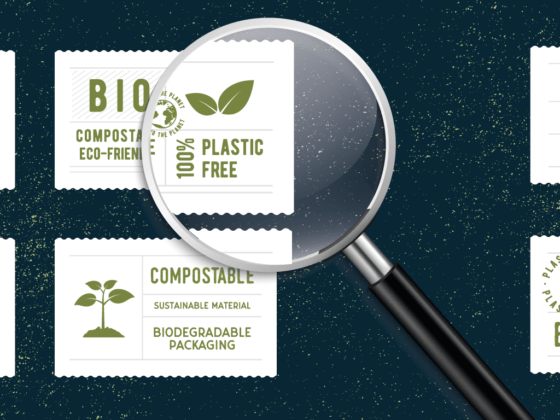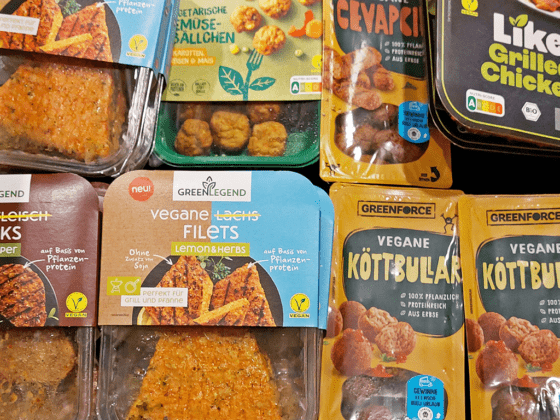Gold is one of the most sought-after precious metals. Gold jewelry expresses special appreciation for the person receiving the gift. Investments in gold reserves are considered particularly safe. The term gold has positive symbolic power. If something is “worth its weight in gold”, then it is particularly valuable. Today, we turn the gold medal around and look at the dark side. What we see there is frightening in many respects. If you want to live more consciously, do something for the environment and stop the exploitation of cheap labor, you should still look at it. Are there solutions? Yes. They have to do with recycling, for example. But even there, not all that glitters is gold.
What gold mining does
The days of panning gold nuggets from the Yukon River are long gone. The surface deposits have been exhausted. Today, gold prospectors are penetrating deeper into unique ecosystems, cutting a swath through virgin forests, and blasting huge holes in mountains. Affected countries include Brazil, Chile, Mexico, Russia, China, Indonesia, and South Africa, but also Western industrial nations such as the USA, Canada and Australia.
The environmental protection organization WWF is concerned with the consequences of gold mining, naming environmental and social risks:
- Deforestation and destruction of ecosystems, including the construction of access roads and settlements in remote areas
- Contamination of water bodies by highly toxic chemicals such as arsenic, mercury and cyanide
- According to a WWF study, edible fish in the Brazilian Amazon are contaminated: Excessive mercury doses were found in one-third of the animals studied.
The social consequences listed by WWF are equally serious:
- Displacement of the local population and indigenous groups.
- Exploitative working conditions: often there is even forced and child labor.
- Slavery and human trafficking still exist in small-scale mining.
- Promotion of corruption and conflict: Terrorist groups and warlord clans finance themselves through illegal mining.
Recycling gold with a better climate footprint
“From WWF Germany’s point of view, a large part of today’s gold mining is unnecessary, and much more recycled gold could be used,” the organization demands. Gold from old jewelry, dental gold or electronic scrap is a sensible alternative to mine gold and can be easily recycled, it says.

That sounds understandable. While we are still in the early stages of plastic recycling, gold has been professionally recycled in Germany in refineries for almost 200 years. No wonder: no one would think of simply throwing away an unloved gold chain or wedding ring after a divorce. The carbon footprint of recycled gold is clearly better: The production of primary mined gold produces 20 times more CO2 equivalents than recycling.
But even recycled gold does not always shine
Due to the increased awareness of many consumers, jewelry designers are increasingly turning to recycled gold. But even here, all that glitters is not gold. The investigative research collective Flip recently published a report on the label Bruna, which is successful in German-speaking countries. The company, which originates from Austria, promises jewelry made from “100% recycled gold and silver.” Bruna’s central slogan: “Fine jewelry made responsibly,” inspired by the “beauty and diversity of nature.” Popular sustainability influencers promote Bruna. A “Climate neutral” seal is emblazoned on the website.
Where does Bruna’s gold come from?
Flip author Katharina von der Kaus asked the company this question. The result: The recycled raw materials come from factories of the Belgian conglomerate Umicore in Belgium and Thailand. The company does not provide independent proof of origin, only a document that has more the character of a self-disclosure. The Flip report states: “Umicore has been certified by the Responsible Jewellery Council (RJC), a body of the jewelry industry. But the certificates of origin are completed by Umicore itself.” Certification beyond that doesn’t even exist in the jewelry industry, he said. Flip quotes a spokeswoman for the organization Human Rights Watch: “The process of certification by the RJC is completely non-transparent.”
Among the internationally recognized certification programs for recycled metals is flustix. Founder and CEO Malte Biss: “When it comes to metals, the cycles as a whole are already very much closed. Since the beginning of 2022, flustix also offers certifications for recycled metals. The focus here is mainly on steel, copper and aluminum. Here, the largest quantities are converted, thus a large CO2 impact is achieved and documented for these metals. But also for recycled gold the globally recognized recycling standard, on which flustix is based, can be applied.”
EU anti-greenwashing law also helps here
If you want to be sure that you are not contributing to the exploitation of workers when you buy gold jewelry, the sustainability portal Utopia recommends looking for Fairtrade seals, such as the one from Fairtrade Germany. But here, too, it quickly becomes clear how far the jewelry industry still is from sustainable and socially responsible business practices: the list of Fairtrade gold mines currently includes only one company from Peru. That’s why it’s also worth taking a look at used jewelry: online, at the well-known second-hand portals such as EBay-Kleinanzeigen – or in real life, e.g. in antique shops.
In the end, consumers are the ones who have to act: Do not trust every Fairtrade or recycling seal, but ask critically. The EU’s planned anti-greenwashing law will help here, too: the new Green Claims Regulation is intended to regulate statements regarding sustainability and put an end to the proliferation of self-made seals. Introduction planned from September 2023.
 English
English Deutsch
Deutsch




